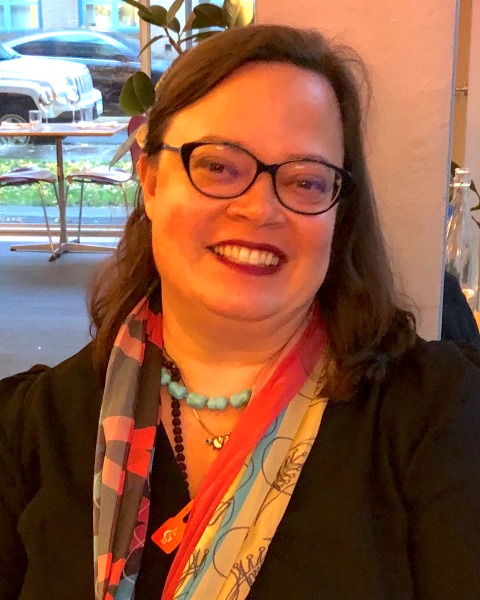HRPP/IRB Administration/Management and Process
49 - Engaging Community in Human Research Protection Program (HRPP) Programming

Kristin Bacon, MPH, CIP (she/her/hers)
Manager
University of Hawai‘i System Human Studies Program
Honolulu, Hawaii, United States
Author(s)
Background: The AAHRPP Standard I-4 requires that HRPPs develop community involvement in research programming. This poster describes the development and implementation of surveys with key HRPP IRB stakeholder participants in Hawai‘i. As human subjects research programmatic procedures evolve, thoughtfully incorporating a community involvement lens is the next frontier.
Program
Description: The purpose of this program is to better understand how Hawai‘i-based IRB members and Administrators view and experience community involvement in research. This is examined specifically in terms of alignment with AAHRPP Standard I-4 to develop a stronger HRPP programmatic relationship to and with communities engaged in research.
Additionally, there is a gap in understanding how community involvement in research with HRPPs and IRBs is viewed and practiced in Hawai‘i. Program development is guided by the eco-dependent and interdisciplinary logic of the Transformative / Emancipatory worldview and theory that cultivates trusting relationships based on reciprocity and reciprocal representation, common good, and agreed upon next steps thus strengthening collaboration between the HRPP and community (Alvarez-Blanco & Torres, 2018).
Methods: Program development through quantitative evaluation surveys employed purposeful sampling for this cross-sectional project based upon pre-existing relationships and partnerships. Participants of this study included IRB consortium members and IRB members.
Program
Assessment: Question 1: How do Human Research Protection Program Administrators and IRB members rate the value of community involvement in research? Question 2: What are the experiences of Human Research Protection Program Administrators and IRB members regarding community involvement in research?
Results showed that respondents value community involvement in research, yet respondents also indicated that soliciting community input and engagement is not a core default priority. This dichotomy has been present for years as reflected in the literature (Chung‐Do et al., 2019; DeCambra et al., 1992; Gribble & Around Him, 2014). This is interesting in the context of Hawai‘i and Native Hawaiian culture which emphasizes building pilina (involving connection building & relationships), as well as community and relational cooperative frameworks (Lipe, 2016). How might the Strategic Plan for a Native Hawaiian place of learning at a large academic institution, for example, be leveraged to help influence more connection making amongst the IRB professional and research community in Hawai‘i? HRPPs are uniquely poised to actively engage in establishing community involvement in research.
Limitations: The author’s experience and familiarity in the field are both a strength and limitation as familiarity helps highlight the problems and guide the way towards solutions, yet also can bias perspectives. Other limitations include a small sample size, and participants already familiar with IRB policies and procedures. Yet this type of expertise is needed to mindfully recruit and include other survey participants while still delving into IRB practice and organizational culture and program development.
Discussion: "Beloved community is formed not by the eradication of difference but by its affirmation, by each of us claiming the identities and cultural legacies that shape who we are and how we live in the world” (hooks, 1995, p.265).
Success in program development working with the Native Hawaiian community could result in a helpful guideline for working with other communities locally, nationally and internationally.
Future program development initiatives could include examining the similarities and differences observed and experienced when working with diverse communities in Hawai‘i, and the co-creation and curation of clear and well-founded guidelines for the culturally appropriate dissemination of data and other AAHRPP Standard I-4 principles..
